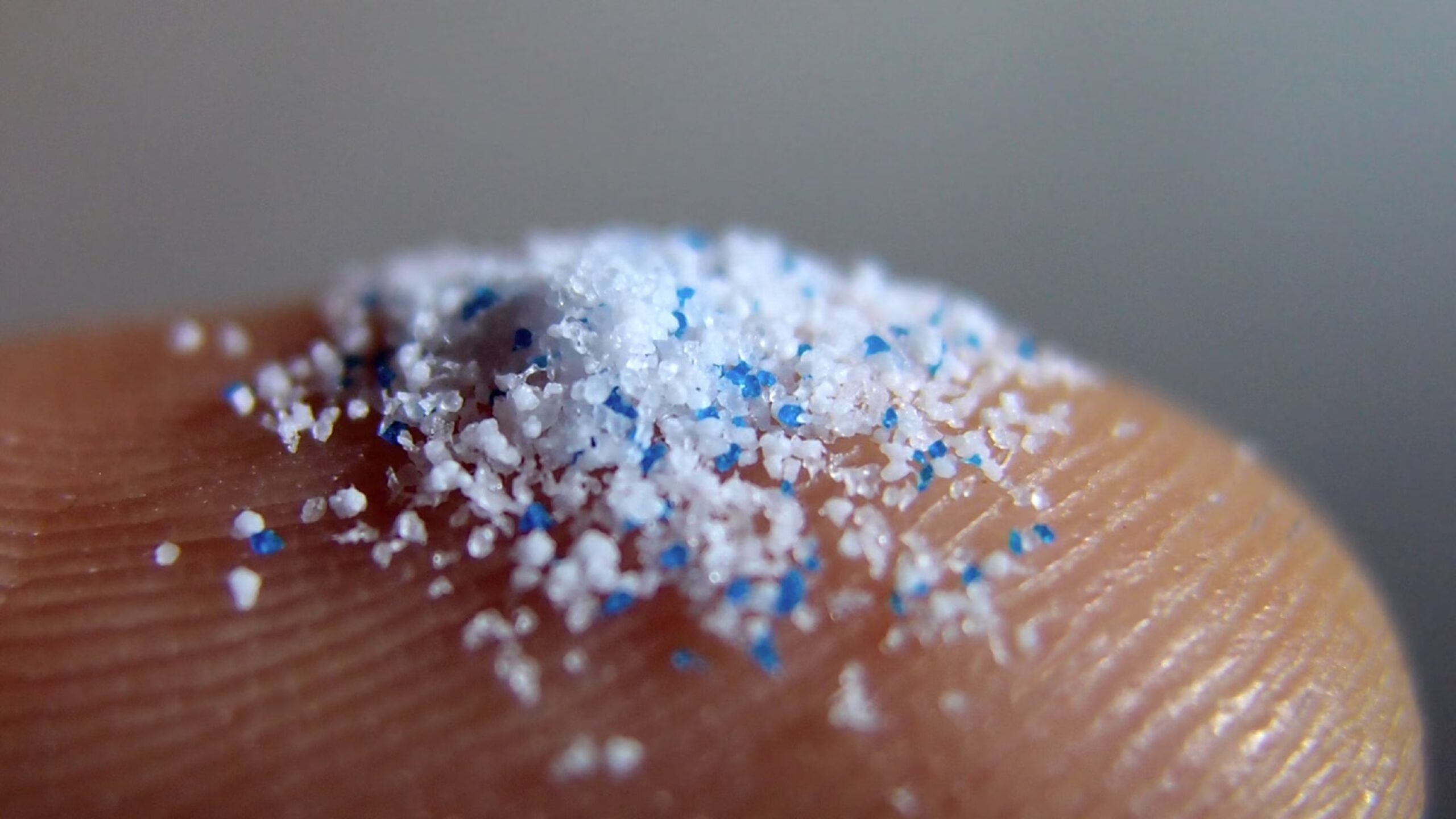By William Kaelber
Let’s talk about microplastics. There is some bad news, and some better then bad news about them.
But before we get to the “news” portion of this discussion – What are Microplastics?
Microplastics are small plastic pieces less than plastic particles ranging in size from 5 mm to 1 nm (where the largest are about the size of a pencil eraser) and the smaller pieces are down around ~200 nanometers (this is small enough to directly absorb into the cells of a human body). Microplastics are generally the result of larger plastic debris fragmentation due to weathering (and heat absorption).
The Bad News – Microplastics are stuck with you for life, and (currently) there is no true way to purge them out of the human body.
BUT
Here is where things get “better”… Sizes of Microplastics above ~700 nanometers can get flushed out of the body, to some degree – not all will ever get out.
BUT…. There is always another BUT, isn’t there, it can take YEARS to flush out just some of those microplastics and associated toxins.
Here is where things get really interesting… YOU CAN ELIMINATE contact with many, many microplastic contaminates. Although it isn’t always “easy” or “cheap”, removing many of the contaminates can be accomplished with some personal lifestyle changes.
First off.. possibly the 2 biggest “producers” of microplastics are:
(1) Microbeads are one of the types of microplastics produced as exfoliants or scrubbing agents in skincare, body care, and cosmetics. Not only that, but they are also often incorporated into toothpaste to introduce gritty textures. (Personal note: I like citrus flavored toothpaste, so I found and use Green Beaver Zesty Orange Natural Toothpaste, from Canada, where microbeads are prohibited for use, and thus the “gritty” texture is primarily from baking soda – but, like I said personal changes are not always “cheap” and it costs me about $11 per tube)
and
(2) Synthetic Textiles — Although synthetic textiles visibly contain plastics, the basic materials of these textiles are notable sources of microplastics, known as microfibers.
Some types of synthetic fabrics that shed microfibers include spandex, acrylic, polyester, and nylon. The washing process of these materials results in the release of microfibers from clothing. (Personal note: I like the feel of cotton and wool clothes, so I wear denim pants, and cotton tee shirts mostly, the cotton tends to wear away faster and often results in having to buy “new” or more and usually results in a higher cost).
Limiting exposure to those Two classes will do a lot in reducing your exposure to microplastics and nanoplastics.
The way the world is, it is very difficult to get away from plastics as nearly all foods are packaged in plastic, but we can eliminate some of that as well.
For starters, switch to PAPER bags at the checkout, or conversely a reusable cloth (cotton) bag.
With that as your start, you can also switch cellophane (plastic wrap) out for aluminum foil, or better yet, beeswax coated cotton cloth (which many would consider better, as beeswax has antifungal and antibacterial properties).
Next, find a local butcher and insist they use non-coated butcher paper for the meats.
Get only “canned” foods from glass bottles/jars. And switch any bottled or canned drinks to those that come in GLASS containers. Unfortunately, all “cans” now (be it veggies or beer/soda) come in cans that are lined inside with plastics… Look it up and you will find out that a “micro” coating is placed inside to keep the product from touching and destroying the metals.
Same goes for whatever you drink, make sure it comes out of GLASS containers, or you have personally drank it from a glass/metal/ceramic/porcelain container… this also kinda means that the pipes/plumbing in your house be made out of copper, and not the more common “PEX” type plastic (see what I mean about how hard it is to “get away” from plastics). – and switch those “cheap” cans of beer out for a “longneck” in a glass bottle, sure – they may cost more, but look, they are harder to get rid of too!!! (that’s a joke, seeing as there is little in the way of recycling around these parts)
Whenever possible, grow or buy your ”fresh” veggies from a farmers market and don’t let them get “wrapped” in plastics…and when you cannot do those things, look for the stuff that is not/or haven’t been in plastic bags/containers.
Look for your eggs in the “paper” cartons, and eliminate more of the plastic Styrofoam, ditto for dairy products, try to keep away from plastic milk containers, look for the “wax” coated cardboard boxes (think butter sticks) or get some from a local dairy in glass. (Personal note: I like my milk in the glass bottles, but it costs me ~$7 per half gallon, as there is a “return” fee added on at the local Hardy, Arkansas “AMISH” store. The fee is waived for a new bottle of milk, provided you bring the old back to get sent and cleaned for re-use).
Learn to bake your own bread, or buy from a bakery like the one in Hardy (and have it packed in Paper, not plastic… Pasta is the same, learn to make your own, all those old “Italian” grannies were really on too something. Bread, Pasta, and cheese can be easy to make and are all a lot more healthy for you physically, and often mentally.
Ultimately, we will never get away from the plastics in our existence, but with some thought and dedication we can work on eliminating sources of it in our personal lives/habits.



